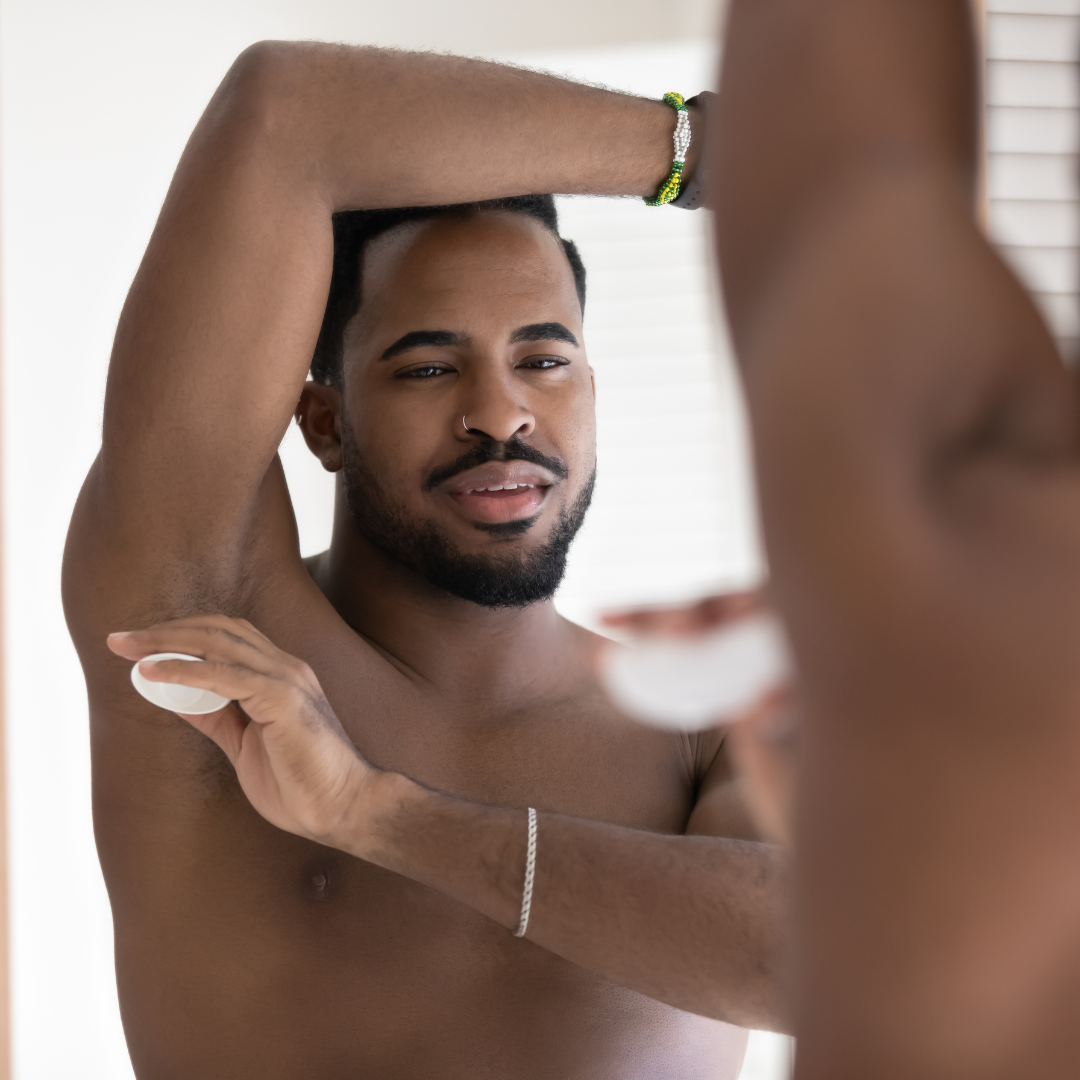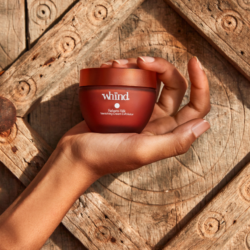Sweating is a fact of life. This essential bodily function helps regulate our internal temperature, keeping us cool during exercise or hot weather. But for some individuals, sweating can become excessive and disruptive, leading to social anxieties and a significant impact on daily life. If you find yourself constantly battling embarrassing sweat stains or experiencing uncontrollable dampness, you’re not alone. This condition, known as hyperhidrosis, affects millions globally.
The good news? You don’t have to resign yourself to a life of damp clothes and social awkwardness. By understanding the science behind hyperhidrosis and implementing effective strategies, you can regain control and reclaim your confidence.
Unraveling the Mystery that is Hyperhidrosis
Before diving into solutions, let’s delve into the underlying causes of hyperhidrosis. This condition arises when the eccrine sweat glands, responsible for regulating body temperature, become overactive. Unlike the apocrine glands, which primarily function during puberty and contribute to body odor, eccrine glands are distributed throughout the body, most notably in the underarms, palms, feet, and face. The exact reasons for this overactivity remain under investigation, but several factors are believed to play a role:
- Genetics: Research suggests a hereditary component, with a higher prevalence among individuals with a family history of hyperhidrosis.
- Neurological factors: The nervous system plays a crucial role in sweat gland activity. Certain neurological conditions or nerve damage can disrupt this regulation, leading to excessive sweating.
- Hormonal changes: Fluctuations in hormone levels, particularly during puberty, pregnancy, and menopause, can trigger hyperhidrosis in some individuals.
- Medical conditions: Certain underlying medical conditions, such as hyperthyroidism, diabetes, and some heart problems, can also contribute to excessive sweating.
Empowering Yourself: A Multifaceted Approach to Managing Hyperhidrosis
While there’s no single cure for hyperhidrosis, a combination of strategies can effectively manage the condition and significantly improve your quality of life. Here’s a comprehensive approach:
Harness the Power of Science-Backed Antiperspirants
Your first line of defense against excessive sweating lies in choosing the right antiperspirant. Unlike traditional deodorants that mask odor, antiperspirants contain aluminum chloride, an active ingredient that works by temporarily blocking sweat ducts and reducing sweat production.
Beautylist pro-tip: Opt for clinical-strength antiperspirants containing a minimum of 15% aluminum chloride for optimal efficacy. Apply them at night to clean, dry skin, as sweat glands are most active during sleep, allowing the formula to penetrate more effectively. Remember, consistency is key!
Embrace Breathable Fabrics
Your clothing choices can significantly impact sweat management. Ditch those synthetic fabrics that trap heat and moisture, and instead, embrace breathable, moisture-wicking materials like cotton, linen, or bamboo. These natural fibers allow air to circulate freely, promoting sweat evaporation and keeping you feeling cooler and drier throughout the day.
Beautylist pro-tip: Consider incorporating sweat-proof undershirts made from special fabrics designed to absorb and wick away moisture, providing an extra layer of protection.
Prioritize Hygiene
Maintaining good personal hygiene is crucial for managing hyperhidrosis. Shower regularly, preferably twice daily if needed, using antibacterial soap to cleanse sweat-prone areas. This helps remove sweat and bacteria that can contribute to body odor. Remember to pat yourself dry thoroughly after showering, as lingering moisture on the skin can exacerbate sweating.
Beautylist pro-tip: Keep refreshing wipes or gentle facial mists handy for quick touch-ups throughout the day, especially during warmer weather or after physical activity.
Stay Hydrated, Paradoxical as it May Seem
Dehydration can surprisingly trigger excessive sweating as the body attempts to cool itself down. To combat this, prioritize staying adequately hydrated throughout the day. Aim to drink plenty of water, at least eight glasses per day, and adjust based on your activity level and climate.
Beautylist pro-tip: Opt for chilled water or incorporate refreshing fruits and vegetables like watermelon or cucumber into your diet for an extra hydrating boost.
Explore Medical Interventions for Persistent Cases
If conservative measures fail to provide adequate relief, consider seeking professional medical advice. Dermatologists or other healthcare professionals can offer various treatment options tailored to the severity and specific type of hyperhidrosis you experience.
- Prescription-strength antiperspirants: These formulations often contain higher concentrations of aluminum chloride or alternative active ingredients like oxybenzone for more robust sweat control.
- Iontophoresis: This non-invasive therapy uses electrical currents to temporarily disable sweat glands in specific areas like the hands and feet.
- Botulinum toxin injections: Botulinum toxin
Hyperhidrosis may present challenges, but it doesn’t have to define your life. By implementing the strategies outlined above and prioritizing self-care, you can effectively manage your condition and reclaim your confidence. Remember, every step towards managing your hyperhidrosis is a victory. Connect with supportive communities, celebrate your progress, and practice self-compassion. Remember, you are not alone in this journey. Embrace your self-discovery, and know that with the right approach, you can live confidently and comfortably, no matter what life throws your way.







One comment
Nice. I also have excessive sweating in my armpits so I make sure use my deodorant daily, but the African sun is not helping.